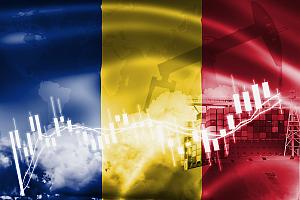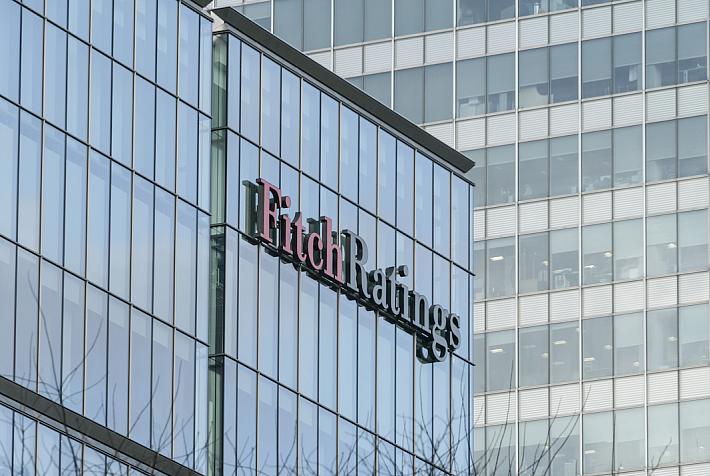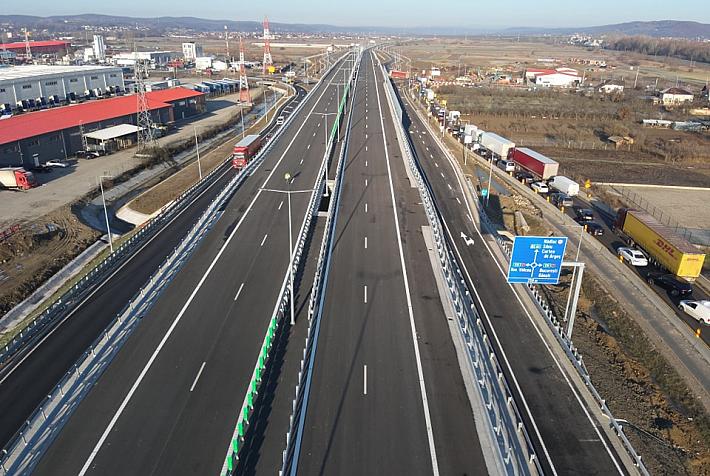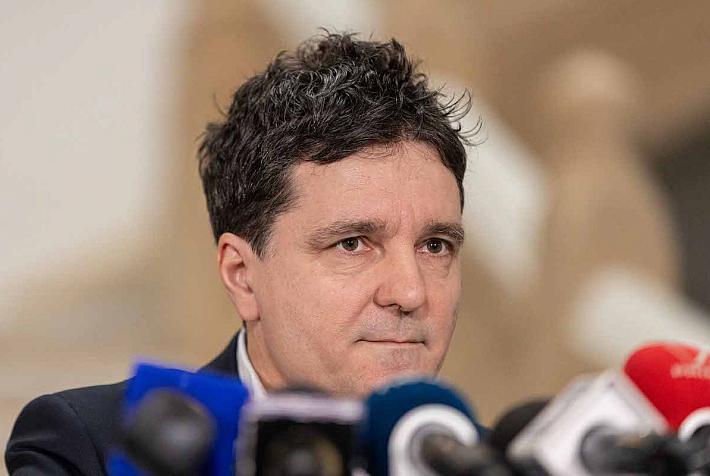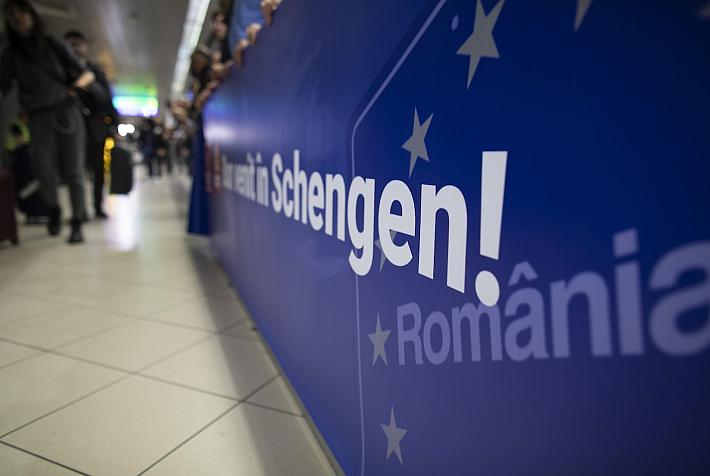Romania’s central bank hikes refinancing rate less than expected
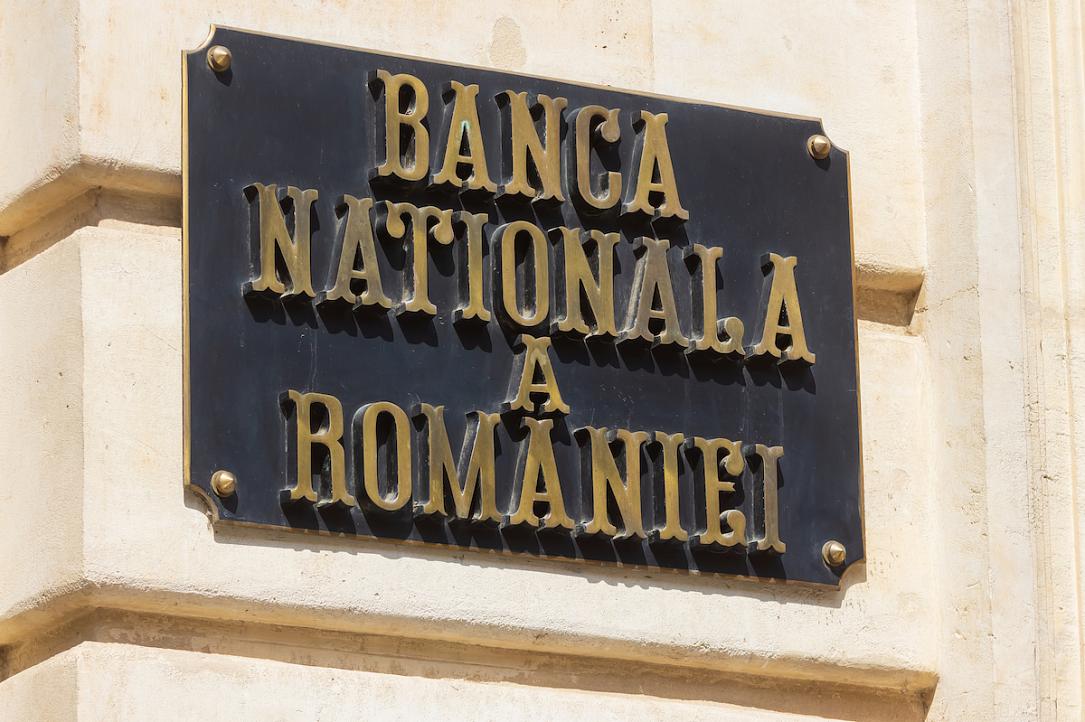
The National Bank of Romania, on its January 10 monetary board meeting, has hiked the refinancing rate by 25bp to 2.00%, widening at the same time the interest rate corridor by another 25bp to 1pp.
The rate hike was smaller than the bank analysts anticipated, and it renders Romania’s refinancing rate the lowest among its peers.
Thus, the banks can rely on overnight funds at the Lombard rate of 3% (2.5% previously) while having at their disposal the deposit facility at an interest of 1% (not changed).
It was the third rate hike operated by BNR over the current monetary tightening cycle that started relatively late, in October, and was of a moderate magnitude compared to the inflationary shock.
The causes of such a moderate and gradualist approach may stem from the disappointing economic slowdown in Q3 (and possibly Q4) - as the BNR implies in its statement - but may also reflect the central bank’s decision of deferring the “bad news” (high rates) until there is more visibility on a multitude of issues. The 150bp combined rate hikes over the three-month period are dwarfed by the nearly 500bop surge in CPI inflation from 3% in January to 7.9% in October. Strictly compared to the CORE inflation (3.4% YoY in January and 4.3% YoY in November), the monetary policy doesn’t look so utterly dovish - but the picture changes when considering the 32% YoY industrial price inflation that will gradually pass through to the consumer prices.
The 25bp rate hike of January 10, even considering the interest rate broadening, is visibly undersized by all standards, and most of the analysts expected 50bp. BNR admits in the press release that “the annual adjusted CORE2 inflation rate rose somewhat faster than anticipated, up from 3.6% in September to 4.0% in October and 4.3% in November.”
But “annual GDP dynamics saw in Q3 a visibly stronger-than-anticipated decline, i.e. to 7.4% from 13.9% in Q2, while remaining however high from a historical perspective, mainly on the back of private consumption, but also of the unusually large contribution made, in this period as well, by the change in inventories,” BNR argues at the same time.
Furthermore, “recent developments in high-frequency indicators point to a standstill in economic activity in 2021 Q4, also in the context of the fourth pandemic wave, the energy crisis and supply bottlenecks, entailing the fall in annual GDP dynamics to a significantly lower value than that anticipated in November 2021.”
(Photo: Lcva/ Dreamstime)
iulian@romania-insider.com







